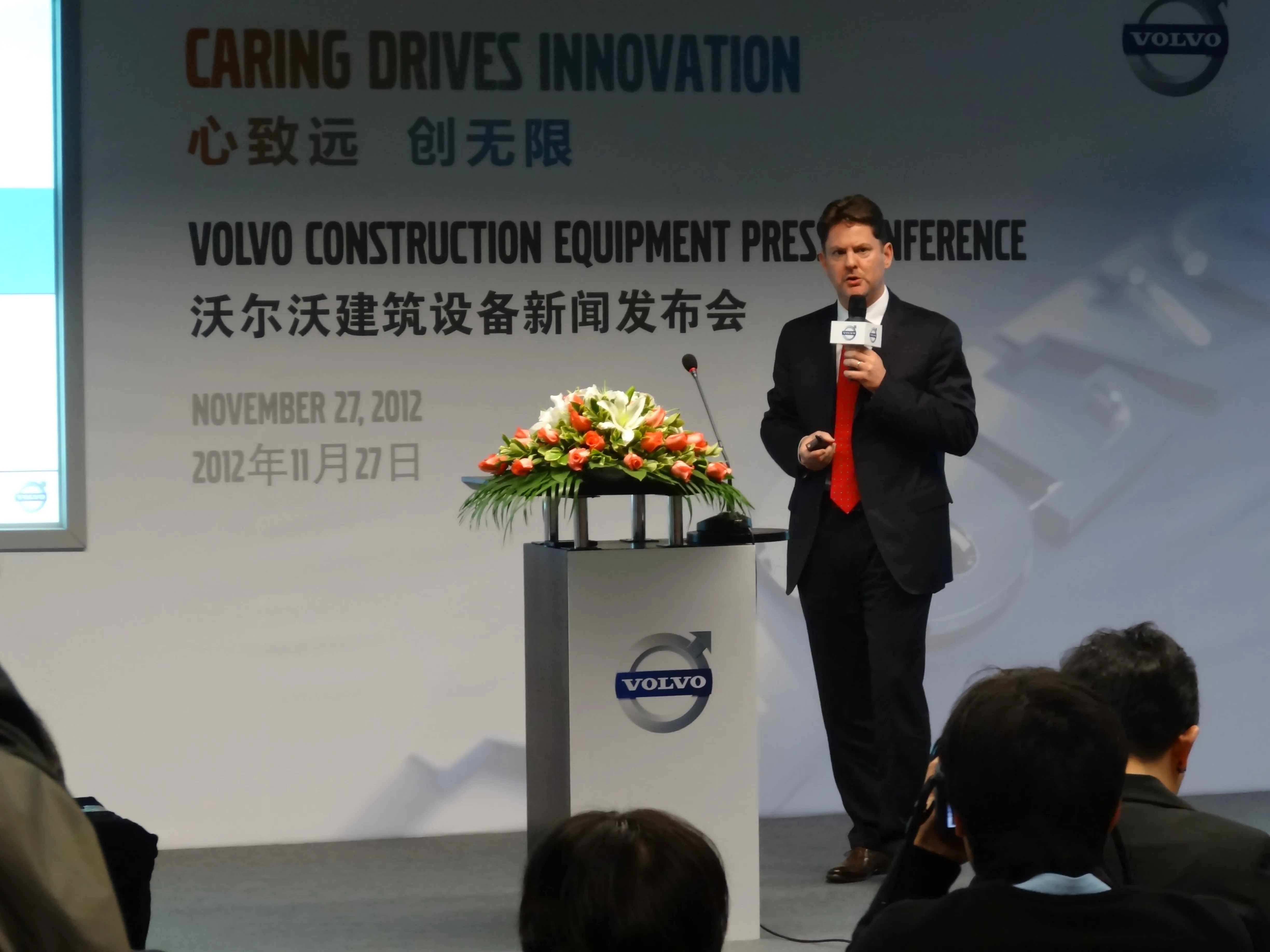A Mineral Products Association (MPA) survey results for the fourth quarter of 2011 indicate that while overall industry markets were broadly positive during 2011, with strong growth in the fourth quarter compared with the same period of 2010, the figures mask weak markets outside London and the south-east England and a favourable weather effect in December.
Aggregates sales volumes were flat during 2011; cement and ready-mixed concrete sales increased by 7% and asphalt sales increased by 4%. 2011 volumes remain 30% below pre-recession levels.
The mild weather in December 2011, compared with the badly weather-affected end of 2010 accounted for 2-3% of the annual volume changes recorded in 2011.
During 2011 there was a pronounced regional variation with ready-mixed concrete, cement and aggregates sales very positive in the south-east of England. Ready mixed-concrete sales increased by 44% in Greater London and by 24% in the south-east due to progress on a number of major commercial and infrastructure projects (for example Crossrail) and a stronger housing market.
Construction markets in other parts of Great Britain were significantly more depressed and if the south-east England and December weather impacts are discounted, the underlying ready-mixed concrete market for the rest of Great Britain was 3% down.
"Given the reduction in government investment plans it is surprising that asphalt sales volumes remained positive in 2011, albeit marginally so when taking into account the December weather impact. As existing major road projects in England are completed during 2012 and not replaced and local authority budgets continue to be squeezed we anticipate a significant fall in this market over the next two years.
"Government included additional road and infrastructure spending in the November Autumn Statement, but the roads spending is backloaded from 2013/14 onwards so will have little impact over the next 18 months," says the MPA.
These figures support the latest Construction Output figures, indicating modest 2011 growth, but construction markets remain very fragile, particularly away from south-east England.
Orders for new construction work in the first nine months of 2011 were 14% lower than the same period of 2010, suggesting that demand for construction and mineral products will decline in 2012. Mineral products' markets in 2012 are therefore likely to remain about 30% below pre-recession levels.
Commenting on the figures, Nigel Jackson, Chief Executive MPA, said, “although the 2011 volumes were better than anticipated it is clear that underlying construction and minerals products markets remain weak in most of the UK. The outlook for 2012 could be a perfect storm for our industries - public sector markets in decline and private sector markets remaining subdued and uncertain.
“The public investment increases announced in the Autumn Statement were very modest and will have little impact in the short term, there is little indication that the planned new models for private finance will appear anytime soon and Government seems more focussed on projects which may come to fruition in several years time than on the immediate future.
“Investing in construction and infrastructure across the UK now would not threaten Government's deficit reduction plans, which essentially relate to revenue budgets. The country's transport networks need investment now, in particular there should be a much greater priority on improving local roads, which have an £11 billion [€13.24billion] repair backlog.”






